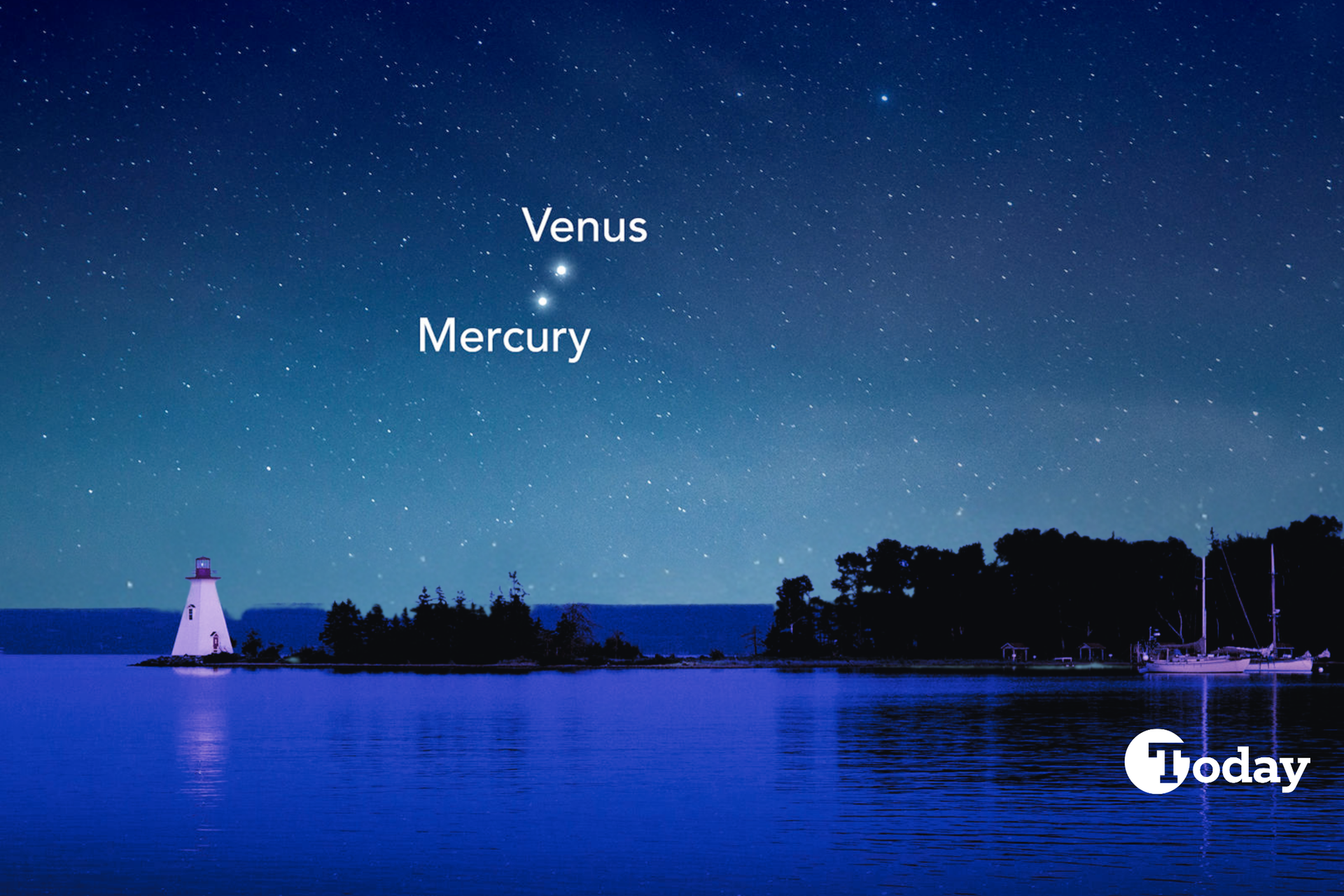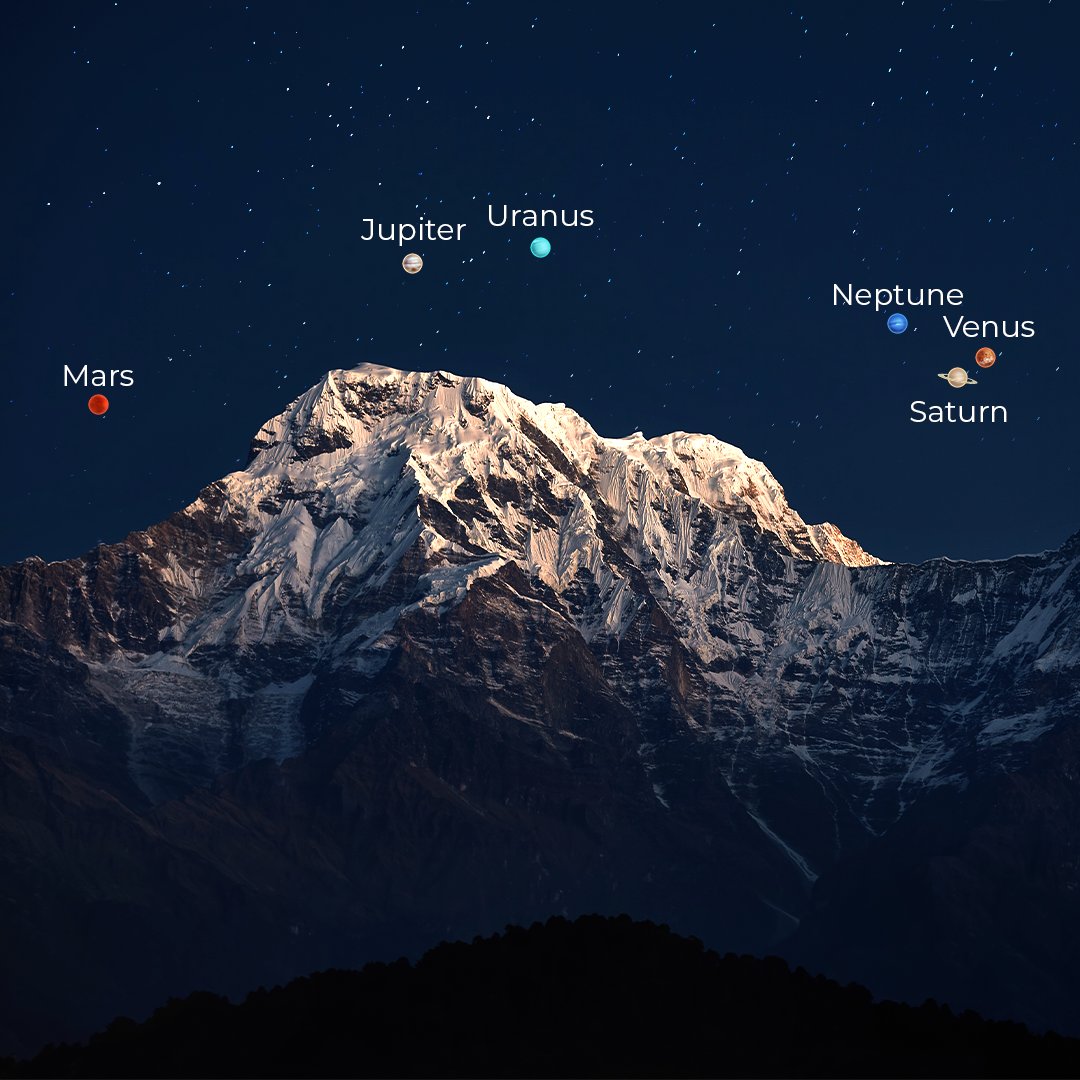
Skywatchers in Türkiye will have a rare opportunity to witness a conjunction of Venus and Mercury before the two planets disappear into the sun's glare.
The planetary event will be visible for several nights, with the best viewing opportunity on March 10 just after sunset.

Venus and Mercury, the two planets closest to the sun, will appear close together in the western sky. The rare planetary event will last for about 45 minutes after sunset, making it a short but unique astronomical event. Venus, the brighter of the two, will be easier to spot with the naked eye, while Mercury may require binoculars.
According to astronomers, the best way to observe the planetary event is to find a location with an unobstructed view of the western horizon. Clear skies will also be crucial, as the planets will be low in the sky. Elevated areas, such as hills or rooftop terraces, can offer better visibility.

For the best viewing experience of this planetary event, visitors and residents in Türkiye should consider the following locations:

Venus has been one of the most prominent planets in the evening sky in early 2025, but it is now moving closer to the sun. It will pass in front of the sun from Earth’s perspective on March 22 and will not be visible for several weeks. Mercury, which reached its highest altitude in the evening sky on March 8, will also disappear soon.
Both planets are moving along their orbits closer to the sun, causing them to disappear from view. Venus is rapidly approaching inferior conjunction, meaning it will be positioned between Earth and the sun.
As a result, its bright presence in the evening sky will fade until it reappears in the morning sky in April. Mercury, with its much shorter orbit of 88 days, will reach its own inferior conjunction on March 24. After this, it will shift from the evening sky to the morning sky.
Skywatchers in Türkiye have only a few days left to view these planets before they vanish from the evening sky. This makes the upcoming planetary event highly significant, as it marks the final chance to view both planets in the evening before they transition to their new positions.

Jupiter and Mars will remain visible in the night sky as Venus and Mercury fade from view. Jupiter, positioned in the southwestern sky, will be easy to spot, while Mars will be visible higher in the southeast.
The planetary alignment marks the end of a months-long celestial display that saw multiple planets visible at the same time. While Venus and Mercury are leaving the evening sky, stargazers in Türkiye can still look forward to other planetary events.
Besides the Venus-Mercury conjunction, several other astronomical events will be visible in March:
For those hoping to catch the Venus-Mercury conjunction, the key is to observe shortly after sunset on March 10. Finding a location with a clear horizon will be essential for a good view of the planetary event. This rare alignment of the inner planets provides a final glimpse before they vanish from the evening sky.